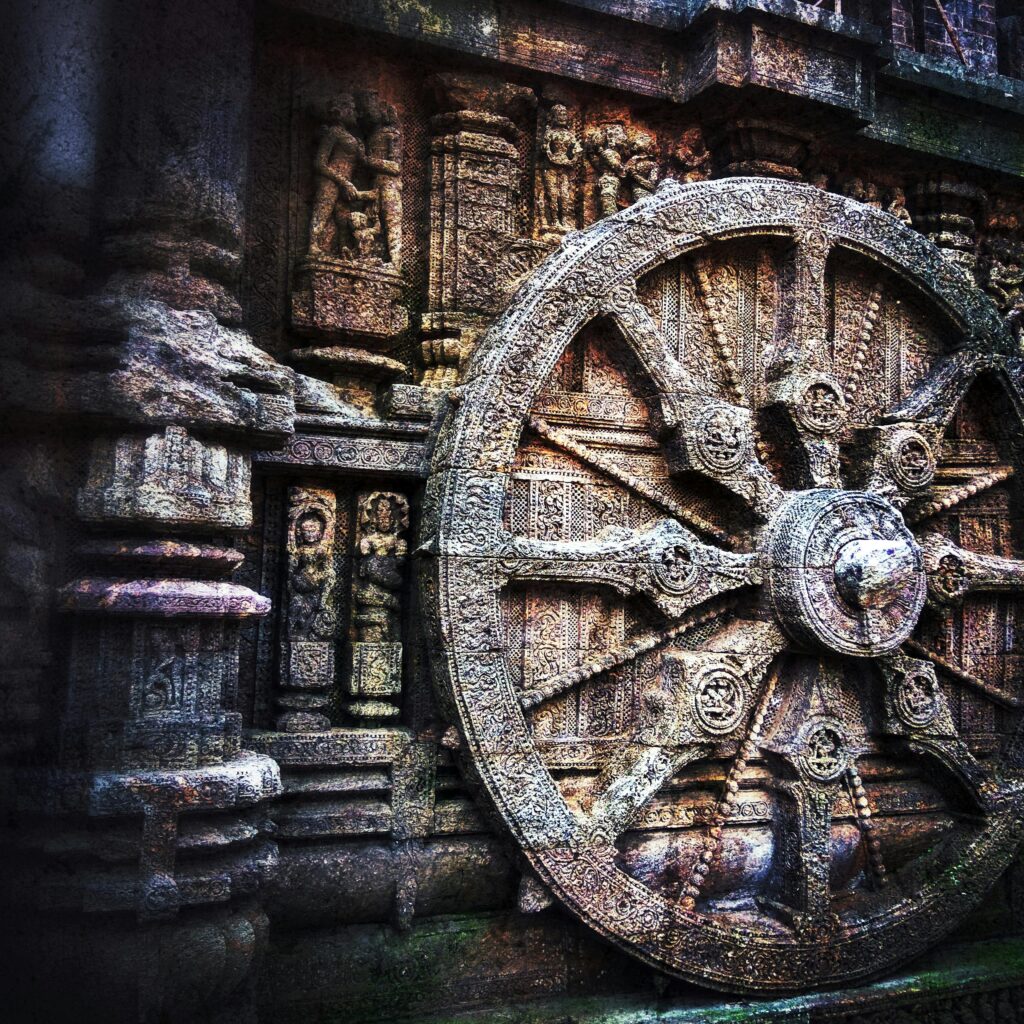The Ultimate Guide to Char Dham Yatra: A Spiritual Journey to the Best Sacred Places in India
The Char Dham Yatra is one of the most revered spiritual journeys in India, attracting thousands of devotees from around the globe. Nestled in the pristine heights of the Himalayas, the Char Dham circuit includes four sacred sites: Yamunotri, Gangotri, Kedarnath, and Badrinath. Each of these destinations holds immense significance in Hindu mythology and offers breathtaking views, serene landscapes, and a deeply spiritual experience.

1. Yamunotri Dham: The Source of River Yamuna
Yamunotri is the starting point of the Char Dham Yatra and is dedicated to the goddess Yamuna, the daughter of the Sun God. Pilgrims visit the Yamunotri Temple to offer prayers and take a dip in the sacred Yamuna River, believed to cleanse the soul and protect from untimely death.
2. Gangotri Dham: The Abode of Goddess Ganga
Located at an altitude of 3,100 meters, Gangotri is home to the sacred Ganges River, which originates from the Gaumukh Glacier. The Gangotri Temple is dedicated to Goddess Ganga, and pilgrims believe that taking a dip in the river at this point cleanses all sins.


3. Kedarnath Dham: A Majestic Pilgrimage to Lord Shiva
Kedarnath is one of the most sacred Jyotirlingas and is dedicated to Lord Shiva. Situated at an altitude of 3,583 meters, this pilgrimage is known for its challenging trek and awe-inspiring beauty. The Kedarnath Temple is surrounded by snow-clad mountains and the Mandakini River, making it a must-visit for both spiritual seekers and nature lovers.
4. Badrinath Dham: The Land of Lord Vishnu
Badrinath is the final stop on the Char Dham circuit and is dedicated to Lord Vishnu. The Badrinath Temple, located on the banks of the Alaknanda River, is one of the most visited pilgrimage sites in India. The temple is surrounded by the majestic Nar and Narayan mountain ranges, adding to its spiritual and visual appeal.

Char Dham Yatra Travel Tips
Best Time to Undertake the Yatra: The ideal time to embark on the Char Dham Yatra is from May to June and September to November. During this period, the weather is pleasant, and the roads are more accessible.
How to Reach Char Dham:
- By Air: The nearest airport is Jolly Grant Airport in Dehradun, from where you can take a taxi or bus.
- By Train: The nearest railway station is Rishikesh, which is well-connected to major cities.
- By Road: Char Dham is well-connected by roads. You can take buses or private taxis from Haridwar, Rishikesh, or Dehradun.
Accommodation Options: There are various accommodation options, including guesthouses, hotels, and dharamshalas, available at all four sites. It is advisable to book in advance, especially during peak season.
Health and Safety: Given the high altitudes, it’s essential to take precautions against altitude sickness. Carry warm clothing, adequate water, and some dry snacks. Elderly travelers and those with health conditions should consult a doctor before starting the journey.
Why Char Dham Yatra is a Must-Do Pilgrimage
- Spiritual Significance: The Char Dham Yatra is a once-in-a-lifetime experience for devout Hindus. It is believed that completing the yatra brings salvation (moksha) and washes away sins.
- Natural Beauty: The scenic landscapes of the Himalayas, the cascading rivers, and the serene ambiance provide a unique blend of spiritual and natural experiences.
- Rich Heritage: Each of the four Dhams is deeply connected to Hindu mythology and history, making the journey not just spiritual but also a cultural and historical exploration.
Conclusion
The Char Dham Yatra is not just a religious journey but also an adventure through some of the most beautiful and untouched parts of India. Whether you’re seeking spiritual fulfillment or a connection with nature, this pilgrimage offers a transformative experience. Embark on this sacred journey, and discover the divinity, peace, and tranquility of these four holy sites.
Frequently Asked Questions
The Char Dham Yatra is a revered pilgrimage in India that includes visiting four sacred sites: Yamunotri, Gangotri, Kedarnath, and Badrinath. It is believed to bring spiritual salvation (moksha) and is considered one of the most significant journeys in Hinduism.
- Yamunotri: Dedicated to Goddess Yamuna, it symbolizes the purifying nature of the Yamuna River.
- Gangotri: Dedicated to Goddess Ganga, it’s where the holy Ganges River originates.
- Kedarnath: A Jyotirlinga of Lord Shiva, it represents divine protection and strength.
- Badrinath: Dedicated to Lord Vishnu, it symbolizes peace, salvation, and enlightenment.
The ideal time for the Char Dham Yatra is from May to June and September to November. The weather during these months is pleasant and favorable for travel.
The Kedarnath trek is approximately 16 kilometers long and is considered moderately difficult due to the steep paths and high altitude. The trek can take anywhere from 6 to 8 hours, depending on fitness levels.
You can travel by road using taxis or buses from Haridwar, Rishikesh, or Dehradun. Helicopter services are also available for Kedarnath and Badrinath for those who want a faster and easier way to reach the shrines.
Yes, the Char Dham Yatra is doable for senior citizens with good health. It’s recommended to opt for helicopter services, especially for Kedarnath, and to consult a doctor before the trip due to high altitudes.
Pack warm clothing (even in summer), comfortable shoes, rain gear, sunscreen, personal medication, and a first-aid kit. Since the journey involves trekking, carrying light snacks and water is essential.
Yes, pilgrims perform rituals such as taking a dip in sacred rivers like the Ganga and Yamuna, offering prayers at the Yamunotri and Gangotri temples, and conducting pujas at Kedarnath and Badrinath temples.
Yes, the Char Dham Yatra is open to all visitors, regardless of their religious background. While the journey holds deep religious significance for Hindus, non-Hindus are welcome to experience the beauty, culture, and spirituality of the pilgrimage.

